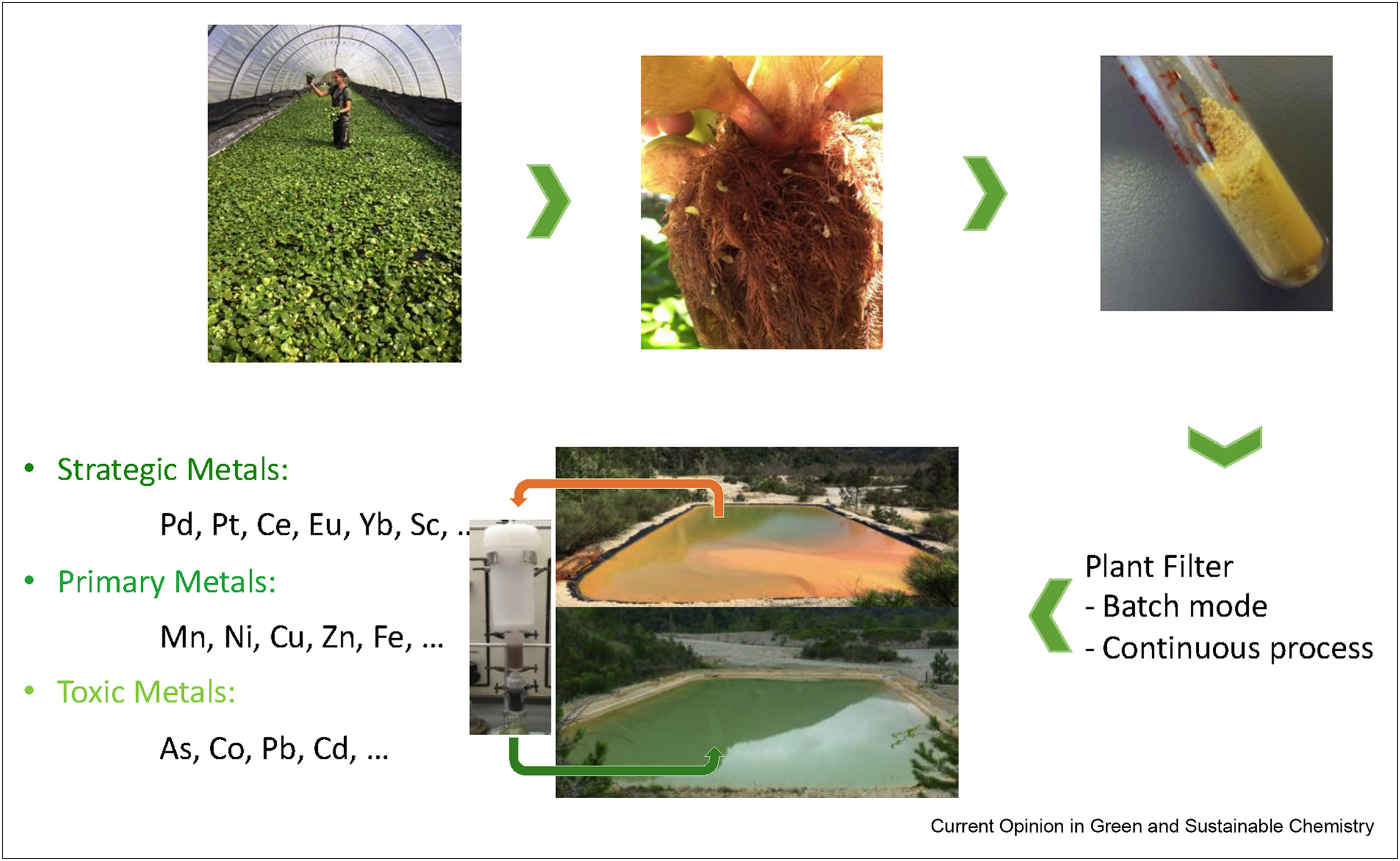Elsevier,
International Journal of Hygiene and Environmental Health, Volume 235, June 2021
The identified thematic gaps in Kenyan school books, particularly regarding sanitation, hygiene, and menstrual hygiene education, align with global WASH priorities and require urgent attention, especially in light of COVID-19. Addressing disconnects between educational content, WASH interventions, policies, and implementation highlights the necessity for improved integration to foster sustainable behavior change, emphasizing the importance of leveraging local educational materials and knowledge to engage teachers and school managers effectively and enhance WASH practices in schools. [low-income country and hotspot school]
Elsevier, Clinical Imaging, Volume 74, June 2021
What is Imposter Syndrome, whom does it affect, and when, and why is it important to recognize? In this multidisciplinary article, the phenomenon is defined and discussed by a psychiatrist, followed by strategic advice by a radiologist, interventional radiologist and radiation oncologist.
Elsevier, American Journal of Kidney Diseases, Volume 77, June 2021
Kidney disease continues to manifest stark racial inequities in the United States, revealing the entrenchment of racism and bias within multiple facets of society, including in our institutions, practices, norms, and beliefs. In this perspective, we synthesize theory and evidence to describe why an understanding of race and racism is integral to kidney care, providing examples of how kidney health disparities manifest interpersonal and structural racism.
Elsevier, Case Studies in Chemical and Environmental Engineering, Volume 3, June 2021
The widespread consumption of electronic devices has made spent batteries an ongoing economic and ecological concern with a compound annual growth rate of up to 8% during 2018, and expected to reach between 18% and 30% to 2030. There is a lack of regulations for the proper storage and management of waste streams that enables their accumulation in open settings and the leakage of hazardous substances into the environment on landfill settings.
Elsevier, Current Opinion in Green and Sustainable Chemistry, Volume 29, June 2021
This review is dedicated to ecocatalysis, a concept developed by the Grison group aiming at combining ecology and green chemistry, which could be the vector of sustainable development based on the principle of circular economy. Within this objective, the Grison group has relied on using remediation phytotechnologies, such as phytoextraction, rhizofiltration, and biosorption. These solutions inspired by Nature generate a novel type of biomass, which has become a source of innovation in catalytic chemistry, called ecocatalysis.
Elsevier, Case Studies in Chemical and Environmental Engineering, Volume 3, June 2021
The widespread consumption of electronic devices has made spent batteries an ongoing economic and ecological concern with a compound annual growth rate of up to 8% during 2018, and expected to reach between 18% and 30% to 2030. There is a lack of regulations for the proper storage and management of waste streams that enables their accumulation in open settings and the leakage of hazardous substances into the environment on landfill settings.
Elsevier, Case Studies in Chemical and Environmental Engineering, Volume 3, June 2021
Quantification and extent mapping of seawater intrusive zones are extremely critical for coastal aquifers, especially for those impacted with anthropogenic stress. In this regard, the present study has attempted to evaluate, demarcate and compare the evolving hydrochemistry of the two most exploited aquifers situated along the western coast of India, i.e. Valsad and Navsari. Through an integrated application of water indices, major ion chemistry and statistical analysis, a probable scenario with respect to groundwater quality and the impeding causes concerning it has been suggested.
Elsevier, Future Foods, Volume 3, June 2021
As future foods, cultured meat is produced by culturing animal cells ex vivo rather than raising and slaughtering animals. It is a promising way to address concerns about resource consumption, environmental pollution, public healthy that associated with conventional livestock production. In the past two years, dozens of cultured meat-related start-ups have been founded and millions of dollars have been raised, demonstrating the high business enthusiasm, broad market prospects and high profitability expected.
Elsevier, Geography and Sustainability, Volume 2, June 2021
After 10 years of the Fukushima Nuclear Accident, Japan decided on 13 April 2021 to release the nuclear wastewater into the Pacific Ocean. It is apparent that Japan has chosen the most cost-efficient way to deal with the contaminated water, however, great opposition and concerns have been aroused internationally due to the harmful ecotoxicological features of radioactive materials. Here we analyze the ecological impacts caused by the nuclear accident and the potential impacts of releasing the nuclear wastewater into the ocean.

